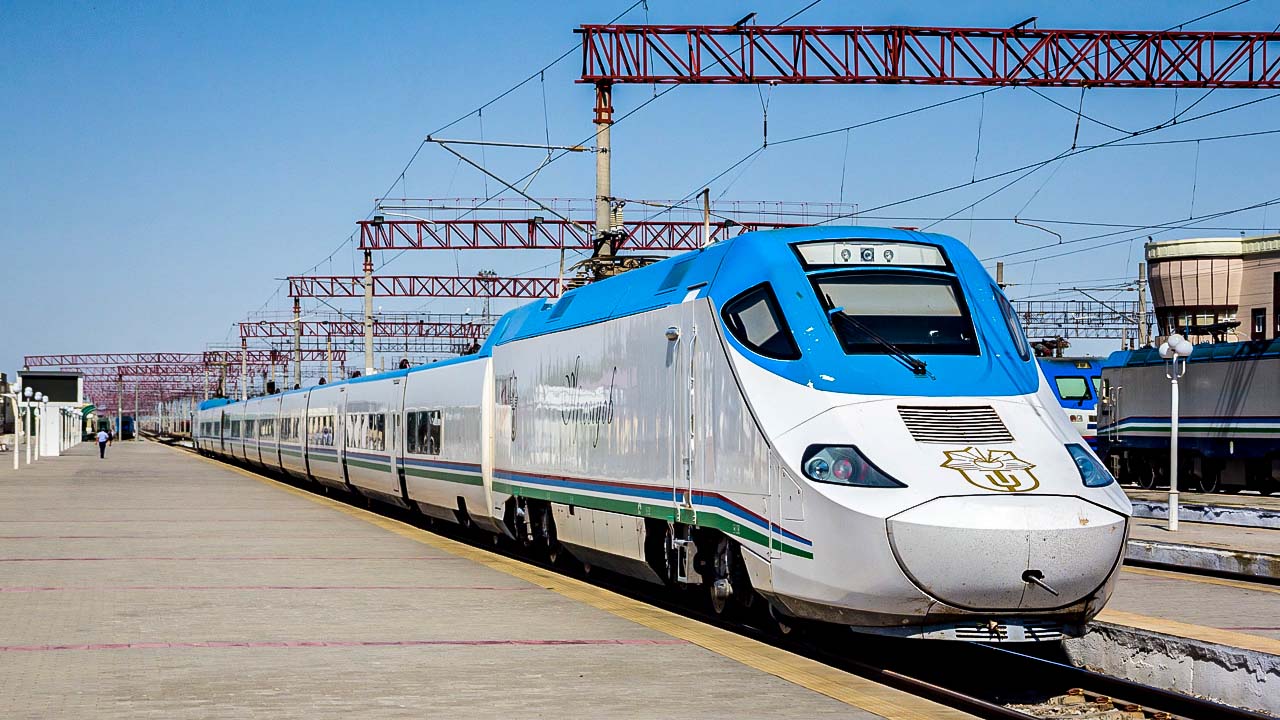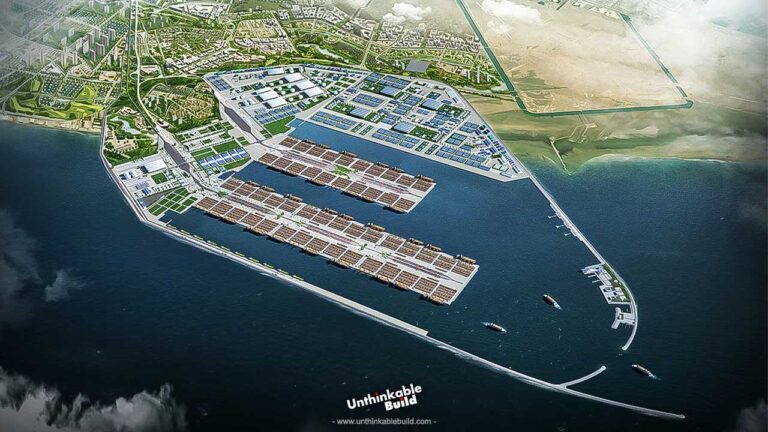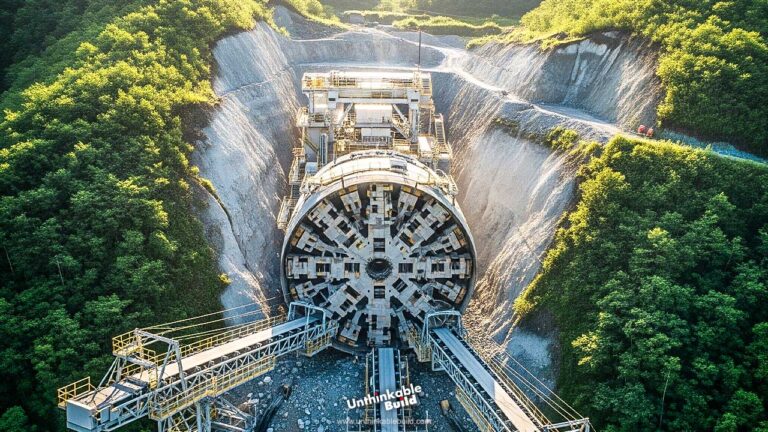Uzbekistan to Access Arabian Sea via Trans-Afghan Railway Project
Uzbekistan a former Soviet republic located in Central Asia with a GDP of $90 billion is renowned for its mosques, mausoleums, and other historical sites associated with the Silk Road, the ancient trade route connecting China and the Mediterranean. Due to its geographical location, Uzbekistan faces the unique challenge of being doubly landlocked. The absence of direct access to seaports hampers the nation’s ability to engage in international trade beyond Central Asia.
Uzbekistan has launched a groundbreaking initiative to connect three countries through a 760-kilometer railway line, which is expected to significantly reduce transit times for freight moving to Pakistan by approximately five days and lower transport costs by at least 40%.
Uzbekistan, Afghanistan and Pakistan recently entered into a trilateral agreement to establish a railway network, spanning a track length of 573 kilometers, which will extend from Termiz in Uzbekistan, pass through Mazar-e Sharif, Kabul, Jalalabad, and finally cross the border into Peshawar, Pakistan.
The Uzbekistan Afghanistan Pakistan Railway Project which is also known as the Trans-Afghan Railway Project, initially proposed by Uzbekistan in December 2018, seeks to extend the Afghan rail network from Mazar-e-Sharif to Kabul and onward to Nangarhar province. From there, the railway is planned to traverse the Torkham border, connecting into Pakistan through Peshawar. Upon reaching Pakistan, cargo will be unloaded and integrated into the Pakistani rail system, ultimately reaching the seaports of Karachi, Gwadar, and Qasim.
Also Read: The Panama Canal: End of an Era
This railway project is designed to accommodate up to 20 million tons of cargo annually. Once operational, it is anticipated to drastically reduce the transit time for goods traveling from Uzbekistan to Pakistan, reducing it from 35 days to just 3-5 days. The planned length of the railway is 573 kilometers, and it will be constructed with a 1,520 mm Russian gauge at an estimated cost of $4.8 billion. The construction timeline is projected to be approximately five years.
The project is currently slated for completion by the end of 2027, with trains having the potential to transport up to 15 million tons of goods per year by 2030. In addition to these advancements, the 760-kilometer (472-mile) railroad is expected to cut delivery times for cargo between Uzbekistan and Pakistan by around five days, while also reducing the cost of goods transportation by at least 40%, according to estimates.
Ever since the Central Asian Republics (CARs) gained independence in the 1990s, Pakistan has recognized the immense importance of building strong relations with these nations. Such relations are seen as a key driver for regional connectivity, trade, and commerce. To achieve this vision, Pakistan has embarked on several initiatives, including the CASA-1000 Project for hydroelectricity export, the TAPI natural gas pipeline project, the Quadrilateral Traffic and Transit Agreement (QTTA), and the Pakistan Stream Gas Pipeline (PSGP).
The Pakistan-Afghanistan-Uzbekistan Railway project is another crucial component of this regional connectivity strategy. This ambitious endeavor seeks to bridge the gap between Pakistan and Uzbekistan and foster greater collaboration in the region. The 8th Meeting of the Trilateral Working Group on the Trans-Afghan Railway Project, which included representatives from Uzbekistan, Afghanistan, and Pakistan, took place at the Ministry of Railways in Islamabad on January 5, 2023. During this meeting, the project’s importance was emphasized, progress on initial technical assessments was reviewed, and the next steps for commencing the feasibility study were discussed.
Once this railway project is fully operational, it is expected to have a profound impact on regional connectivity. This new railway link will provide the shortest route to connect Central and South Asia, opening up Pakistan’s seaports to the Central Asian and Eurasian railway systems. This, in turn, will boost trade flows and bolster the regional economy.
Economists have conducted assessments that suggest the transportation cost of a container from Tashkent to Karachi via this newly proposed railway could be reduced to around $1400-1600, which is significantly lower than the cost of transporting it from Tashkent to Bandar Abbas, estimated at $2600-3000. Furthermore, estimates indicate that the delivery time of goods from the Russian border (Ozinki) to Karachi would be reduced to 16-18 days and from Termez to Karachi to 8-10 days only. The railway’s cargo volume is projected to reach the planned capacity of 20 million tons per year, and transportation costs are expected to decrease by 30-35%.
The railway project has also garnered regional interest, with the Taliban engaging in talks with Turkmenistan regarding the security of the TAPI pipeline. The railway’s completion would ensure Afghanistan’s gradual integration into the regular regional trade and economic system. Notably, the project is expected to create tens of thousands of new jobs in Afghanistan, which would significantly contribute to peace and stability in the region. Uzbek Railway officials estimate that approximately 15 million people along the route could find approximately 5 million jobs as a result of this transformative initiative.
This project’s importance lies in its connection to the China-Pakistan Economic Corridor (CPEC), filling the gap between the Southern and Northern branches of the Belt and Road Initiative (BRI). Furthermore, the railway will integrate with the Special Economic Zones and road networks of CPEC within Pakistan’s Khyber Pakhtunkhwa Province, ultimately leading to the strategically located Gwadar port. This extensive network of infrastructure will boost both the movement of goods and passengers, thereby fostering economic growth across the entire region.
The Trans-Afghan Railway Project, envisioned as a game-changer for regional connectivity, faces several challenges on its path to realization. This groundbreaking initiative, aimed at linking Central Asia with Pakistan, holds the potential to transform the economic landscape of the region. However, before this vision can become a reality, several formidable obstacles must be overcome.
One of the foremost hurdles in the implementation of the project is securing the necessary financing, estimated to be around $4.8 billion. The scale and complexity of the undertaking require a substantial financial commitment, and finding the right funding sources is crucial to moving forward.
Also Read: Gordie Howe International Bridge Longest Cable-Stayed Bridge in North America
While the source of funding for the project remains uncertain, several financial institutions, including the World Bank, the Asian Development Bank, the European Bank for Reconstruction and Development, the Islamic Development Bank, and the Asian Infrastructure Investment Bank, have expressed interest in participating. Securing the necessary funding will be a critical step toward overcoming this challenge.
In Afghanistan, developers must navigate rugged, mountainous terrain, deep valleys, and a relatively dry climate with limited rainfall. These physical constraints are compounded by the harsh environmental conditions during construction. The Salang Pass, where a part of the railway is planned to traverse, sits at an altitude of 3,500 meters, making it one of the highest railway lines globally. This high-altitude region is prone to heavy snowfall and avalanches during the winter, potentially disabling the railway for extended periods. The need to build a tunnel under the mountain to ensure year-round access adds to costs and can complicate or delay transport activities.
In response to the challenges posed by the Salang Pass, the Afghan side has approved an alternative route through Baghlan and Bamiyan. This route, often used when the Salang Pass is temporarily closed for repairs, may slightly extend the journey time but could be a game-changer in terms of ensuring the railway’s reliability and efficiency.
Another significant barrier is the difference in railway gauges. The railway line in Afghanistan will be built with the Russian broad gauge of 1,520 mm to facilitate connection with Uzbekistan. However, a gauge change is necessary at the Afghanistan-Pakistan border, where the track switches to the broader 1,676 mm gauge used in Pakistan. This gauge change requires trains to stop for several hours at the border while technicians modify their wheel tracks, adding to delays and costs.
The project’s importance is underscored by Uzbekistan’s preference for Pakistani seaports. This choice is based on Pakistan’s perceived stability compared to its alternatives, such as Iran with its economic sanctions and Turkmenistan with additional border inspections, transit tariffs, costs, and delays. The proposed rail line has the potential to transform Uzbekistan from being “landlocked” to “land-linked.”
Beyond providing the shortest access to the warm waters of Pakistan, the Trans-Afghan Railway Corridor, together with the China-Kyrgyzstan-Uzbekistan transport corridor, could unite four economically robust Eurasian regions: Europe, China, Russia, and South Asia via Central Asia. This prospect has the potential to be a game changer for the region’s future, significantly enhancing economic ties and regional stability.
Due to its geographical location, Uzbekistan faces the unique challenge of being doubly landlocked. The absence of direct access to seaports hampers the nation’s ability to engage in international trade beyond Central Asia. This lack of connectivity limits Uzbekistan’s economic prospects and competitiveness. To overcome this limitation, it is imperative to prioritize the establishment of freight corridors that link Uzbekistan with seaports. Among the available options, Pakistani seaports have gained precedence in Uzbekistan’s considerations due to their perception of Pakistan as a more stable trade partner compared to alternatives like Iran and Turkmenistan.
In the future, when economic sanctions on Iran are lifted, Uzbekistan may explore opportunities to leverage the Bandar Abbas seaport and potentially Chabahar. However, the route through Turkmenistan involves additional border inspections and transit tariffs, resulting in both delays and increased costs.
Consequently, a well-connected Uzbekistan can open doors to numerous opportunities that were previously out of reach. While acknowledging that connectivity is not a one-size-fits-all solution and carries inherent risks, it also holds the potential to empower Uzbekistan to enhance its economy and shape its own destiny.
Do you believe the Uzbekistan-Afghanistan-Pakistan Railway Project has the potential to be a game-changer? Please share your thoughts in the comments section, and don’t forget to like, share, and subscribe to our channel!







